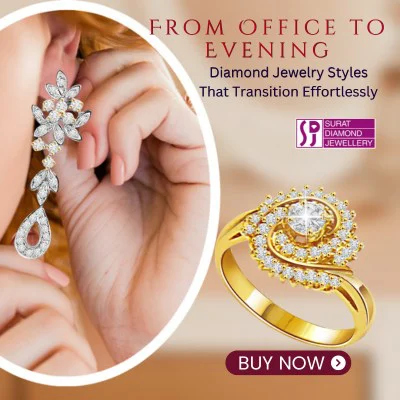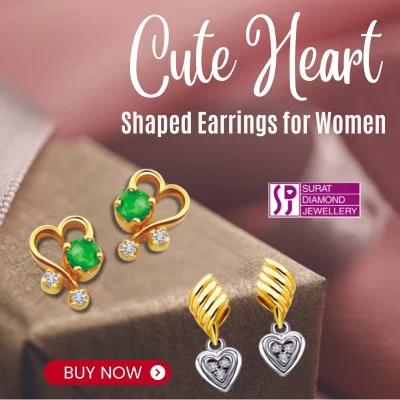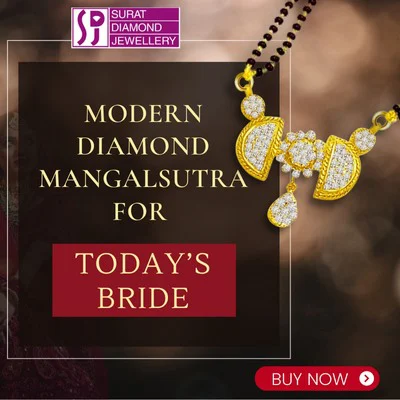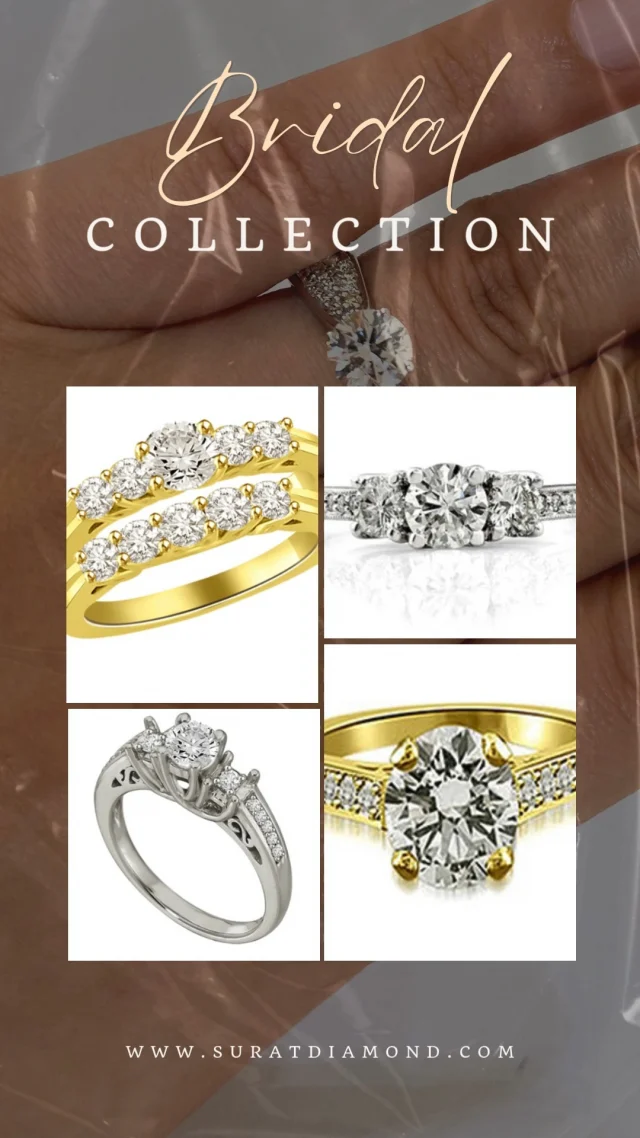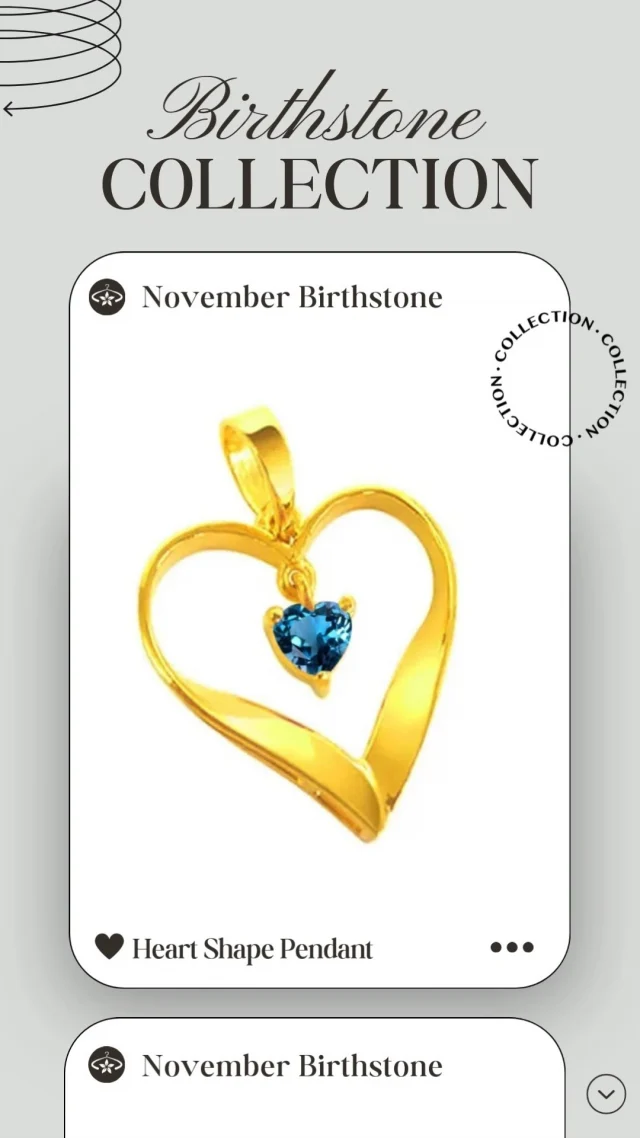How Diamond Jewelry Is Certified: Understanding Hallmarks & Grading
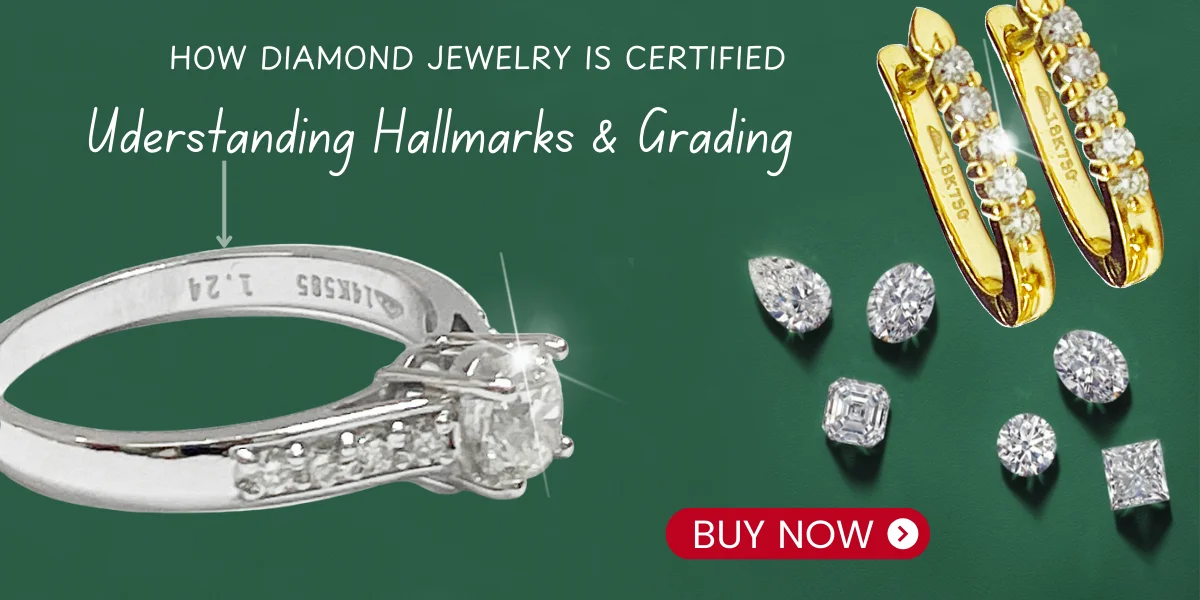
Why Certification Matters (And Why Your Heart Should Care Too)
A diamond is more than a purchase; it’s a promise. The authenticity and quality behind that promise are captured in two languages: diamond certification and hallmark jewelry. Certification speaks for the stone; hallmarks speak for the metal. Together, they protect your emotions, your money, and your future.
Trust, Transparency, and Resale Value
A diamond grading report transforms a beautiful sparkle into a documented asset. It tells you what you’re really buying—objective grades for cut, color, clarity, and carat. With certified diamonds, resale becomes easier, insurance becomes accurate, and gifting becomes confident.
Insurance & Heirloom Planning
From engagements to anniversaries, your jewelry will likely be treasured for decades. Insurers rely on recognized lab reports. So do future generations. Certification is the paperwork your love story deserves.
What Is Diamond Certification?
A diamond certificate (lab report) is an independent, standardized evaluation of a diamond’s quality. It’s not a sales pitch. It’s science on paper.
Lab Reports vs. Appraisals
Appraisals estimate retail value for insurance; they’re often written by sellers and can include metal and design. A diamond certification comes from an independent lab and focuses on the gem’s objective qualities. Both are useful, but they are not the same.
What “Certified Diamonds” Really Means
“Certified” implies the stone’s grades have been assessed by a reputable lab (e.g., GIA, IGI). Always verify the report number online and match it to a laser inscription when available. That’s how you turn trust into certainty.
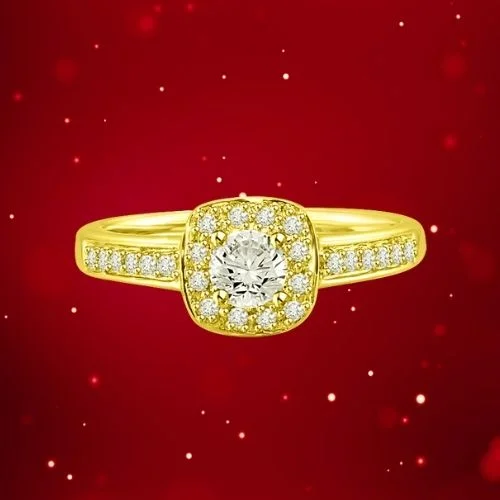
The Science of Diamond Grading
The 4Cs of Diamond — Cut, Color, Clarity, Carat
Cut—The Sparkle Multiplier
Cut determines how brilliantly a diamond reflects light. An excellent cut can make a smaller stone outshine a larger, poorly cut one. Think of cut as the diamond’s choreography—how it catches, bends, and throws light back to your eyes.
Color—From D to Z
Color grades run from D (colorless) to Z (light tint). In the near-colorless range (G–J), diamonds can look stunning and offer better value. Pairing near-colorless diamonds with warm yellow gold can yield a rich, harmonious look.
Clarity—From Flawless to Included
Clarity grades measure natural features called inclusions. Most shoppers aim for “eye-clean” (no visible inclusions to the naked eye). VS2–SI1 can be sweet spots, especially when the inclusion is off-center and hidden by a prong.
Carat—Weight vs. Face-Up Size
Carat is the weight; it’s not the sole measure of size. Some diamonds carry weight deep in the pavilion, making them face up smaller. Check measurements (mm) and proportions to make sure carat weight translates to presence.
Beyond the 4Cs—Polish, Symmetry, Fluorescence
Polish and symmetry contribute to how cleanly light travels. Fluorescence can be neutral, helpful, or distracting depending on intensity and color grade. Moderate fluorescence in near-colorless stones can sometimes soften warmth—judge it in person or via trusted videos.

Who Certifies? The Most Trusted Labs
- GIA(Gemological Institute of America)
GIA pioneered the 4Cs and is widely seen as the gold standard for grading strictness and consistency. - IGI (International Gemological Institute)
IGI reports are common in retail and e-commerce; many buyers appreciate their clear layouts and quick verifications. -
HRD, GCAL & SGL—Where They Fit
HRD (Antwerp) and GCAL (noted for guaranteed grading) are respected names. SGL reports are often seen in Indian retail. Choose recognized labs for dependable comparisons.
Matching Report Numbers to Laser Inscriptions
Most graded diamonds carry a microscopic laser inscription of the report number on the girdle. A loupe or microscope will help you match it to the certificate—your on-the-spot authenticity check.
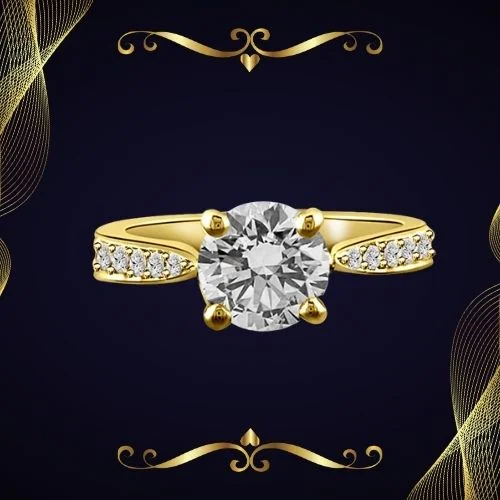
Hallmark Jewelry Explained
Understanding Diamond Hallmarks vs. Diamond Certification
Understanding diamond hallmarks means recognizing that hallmarks certify the metal (gold purity), while diamond certification grades the stone. You want both: hallmarked gold for purity assurance and a lab-graded diamond for gem quality assurance.
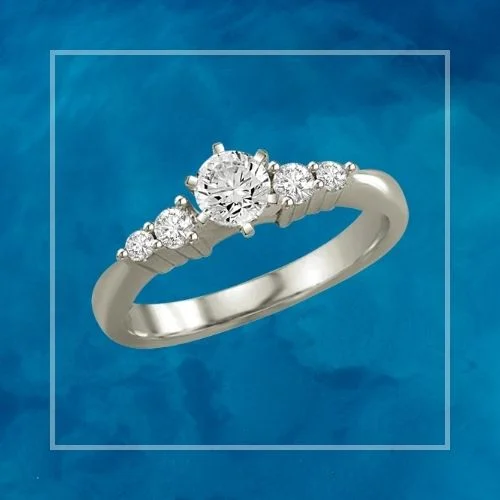
BIS Hallmarking (India) & International Purity Marks
In India, BIS hallmarking authenticates gold purity, commonly seen alongside finesse numbers like 585 (14K), 750 (18K) and 916 (22K). Globally, you’ll see karat stamps (14K/18K/22K) and corresponding numeric fineness. This hallmark is your metal truth—independent of diamond grades.
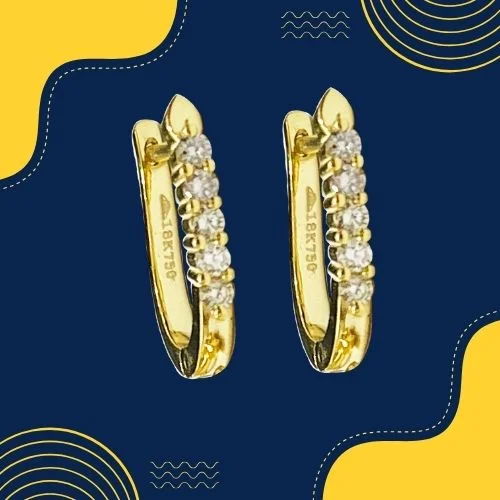
The Parts of a Hallmark & HUID
A BIS hallmark typically includes the BIS logo, purity mark, the jeweller’s ID, and a unique alphanumeric identifier (HUID). This unique ID helps traceability—a powerful anti-counterfeit step in hallmark jewelry.
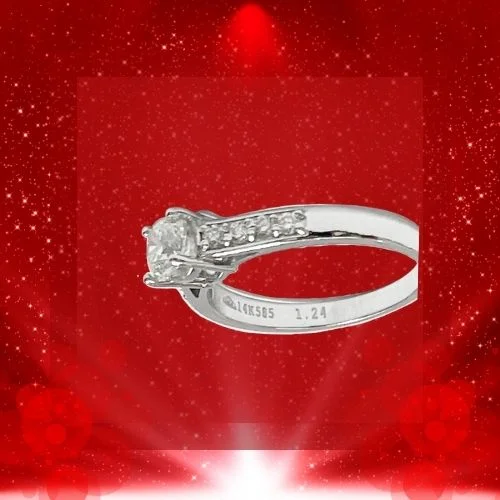
How to Read a Diamond Certificate
- Shape & Cutting Style
Round brilliant, princess, cushion, oval, emerald—each shape has its beauty rules. The cutting style (brilliant, step, mixed) affects sparkle character—sparkle pinfire vs. larger flashes. - Measurements & Proportions
Look at length × width × depth (mm). For round brilliants, pay attention to table %, depth %, crown/pavilion angles. Balanced proportions = balanced fire and scintillation. - Grading Results & Comments
Grades for cut, color, clarity and carat sit up top. Read comments: clarity grade based on clouds or strong blue fluorescence can influence appearance and value. - Plot Diagrams, Inclusions & Symmetry Notes
The inclusion plot maps what’s natural inside. Learn the legend: crystals, feathers, needles. Symmetry notes (off-center culet, extra facets) can be minor or meaningful depending on severity.
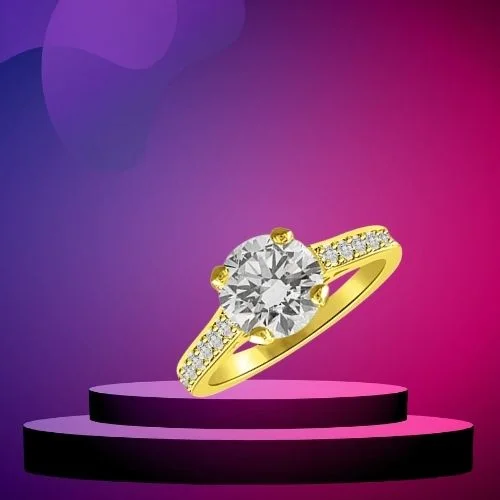
Certified vs. Uncertified Diamonds
Pricing, Confidence & Liquidity
Certified diamonds fetch fair market prices because buyers can compare apples to apples. Uncertified stones may be cheaper, but comparison and resale are harder. If you’re gifting, investing, or planning heirlooms, certification is the smarter path.
Spotting Red Flags in Listings
Beware of vague descriptions without a report number, stock photos only, or grades that seem too perfect for the price. Always request the lab report PDF and a video under neutral lighting.
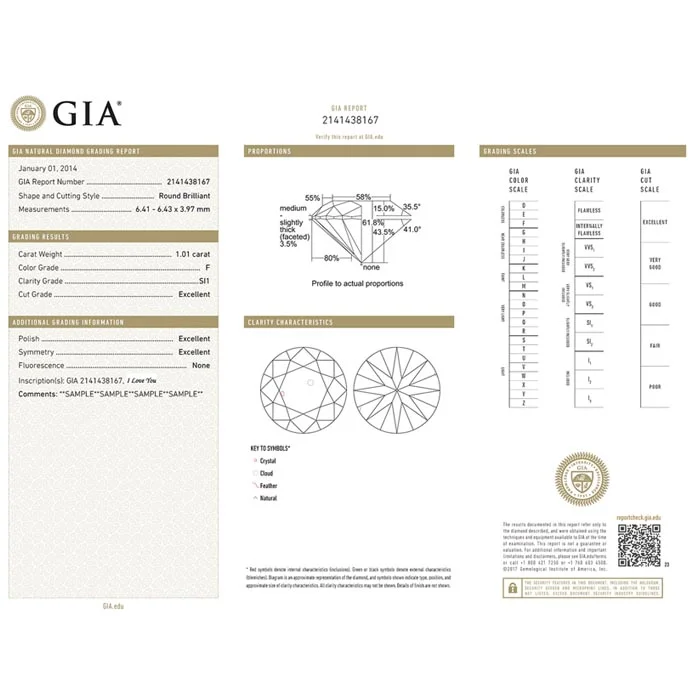
Practical Buying Guide
Choose Your Category—Rings, Earrings, Pendants, Necklaces, Bracelets, Bangles
Diamond Rings: Engagement solitaires, halo rings, three-stone classics—ask for GIA/IGI reports and verify proportions for maximum sparkle.

Diamond Earrings:
From diamond stud earrings to drops and hoops, consider matching color/clarity and check whether stones are graded as pairs.
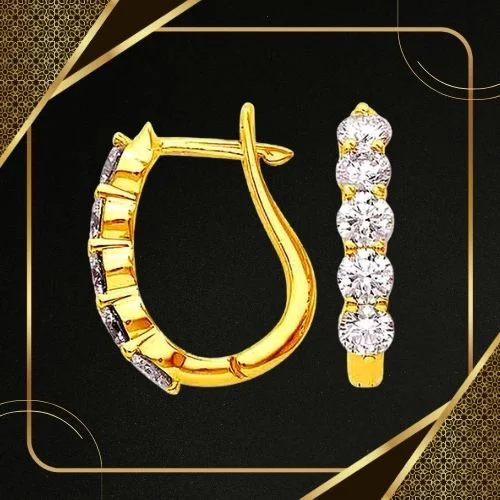
Diamond Pendants & Diamond Necklaces: A simple solitaire pendant can be budget-friendly if you prioritize cut and go near-colorless. Statement diamond necklaces may use many smaller, well-matched stones.

Bracelets & Bangles: Tennis bracelets demand uniformity; check clasp security and request a total carat weight breakdown.
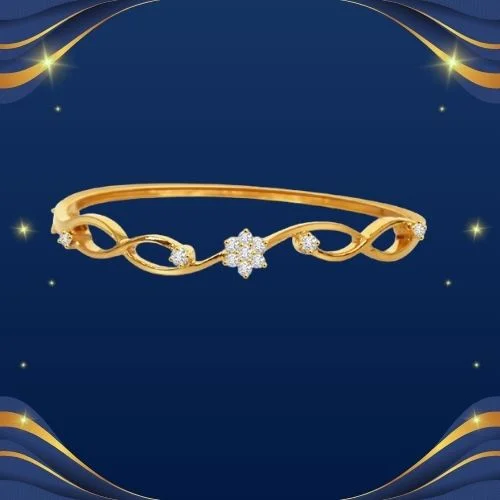
Pearl Jewellery & Gemstone Diamond Pieces: Diamonds amplify pearls, emeralds, rubies and sapphires. For colored stones, ask for gem reports and clarity treatments disclosure.
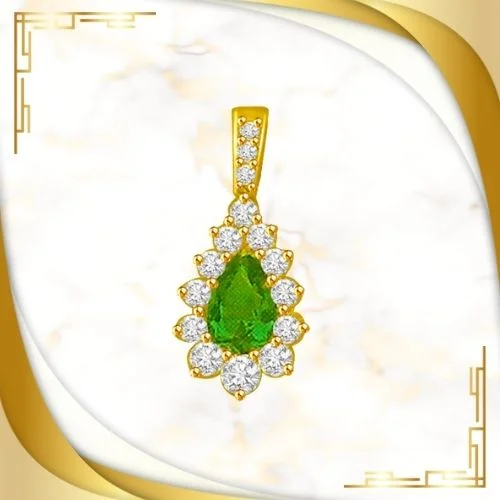
Smart Compromises for Budget Brilliance
Go G–H color, VS2–SI1 clarity, and prioritize Excellent cut (or Very Good+).
Choose shapes that face up big (oval, pear, marquise) for carat-like presence without the carat-like price.
In rings, hide a strategic inclusion under a prong; in diamond earrings, ensure both stones are eye-clean and well matched.
Requesting Videos, Light Performance Images & Report Copies
Ask for 360° videos and copies of the diamond report. For extra assurance, look for ASET/Ideal-Scope images to visualize light return (especially for fancy shapes)
Common Myths About Diamond Grading & Hallmarks
“Bigger Is Better” and Other Misconceptions
A smaller, superbly cut diamond can look livelier—and even larger—than a bigger diamond with poor cut. Sparkle is performance, not guesswork.
“All Certifications Are the Same”—Not Quite
Labs differ in grading standards and consistency. Recognized labs with transparent verification tools help you compare with confidence.

Verifying Authenticity—Online & Offline
Checking Report Numbers on Lab Websites
Enter the report number on the lab’s official site to confirm matching grades, measurements, and sometimes images. Screenshots are nice; official verifications are better.
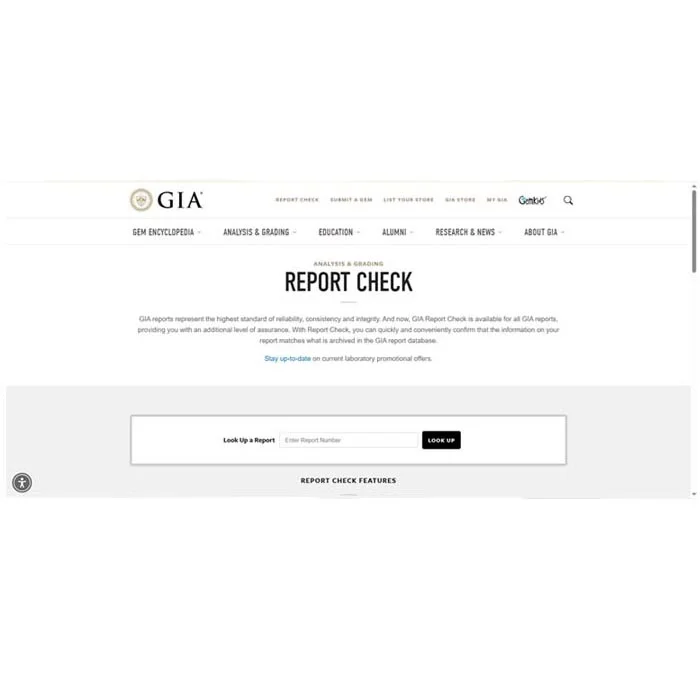
Matching Laser Inscription Under a Loupe
If your diamond has a laser inscription, ask the jeweller to show it to you under magnification. The number should match the certificate exactly.
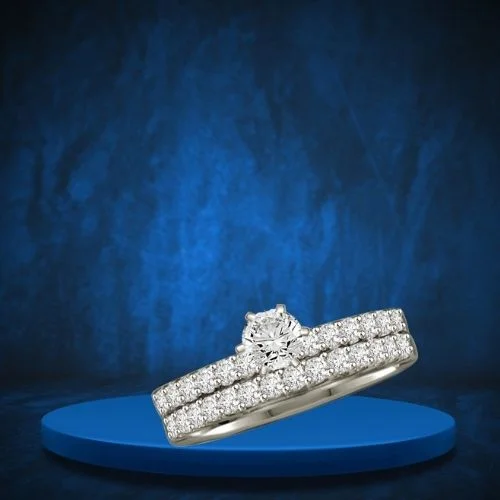
Care, Warranty & Resizing—Keeping Value Intact
- Maintenance Schedules
Have prongs checked annually, especially for rings you wear daily. A quick professional cleaning revives brilliance and reveals any loose stones early. - Re-polishing, Prong Checks & Cleaning
Gentle at-home cleaning (mild soap + soft brush) keeps fire alive. For warranty claims, keep your purchase invoice, lab report, and hallmark details safe.
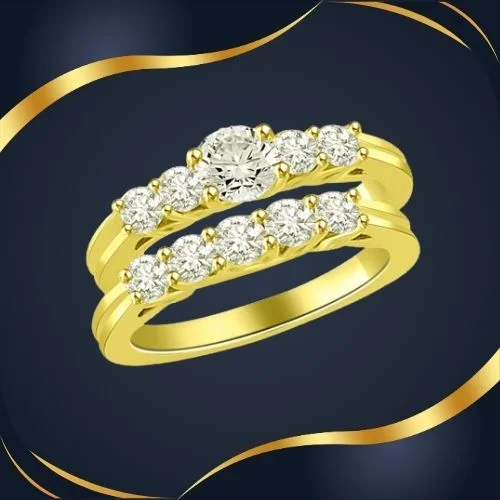
Where Surat Diamond Fits In Your Journey
Direct-from-Manufacturer Value—No Storefront Overheads
Buying from a brand that manufactures and sells directly online can unlock surprisingly affordable luxury. That’s how you find certified diamonds and hallmarked settings at price points many people didn’t think were possible—sometimes even under budget thresholds where diamond jewelry feels unattainable elsewhere.
Wide Choice: Diamond Rings, Diamond Earrings, Diamond Pendants, Diamond Necklaces, Pearl Jewellery & Gemstone Pieces
If you’re exploring diamond certification, hallmark jewelry, and honest pricing, a direct model with vast variety—diamond rings, diamond earrings, diamond pendants, diamond necklaces, bracelets, bangles, pearl jewellery, and gemstone-diamond styles—lets you compare across designs and budgets until you find your perfect match.
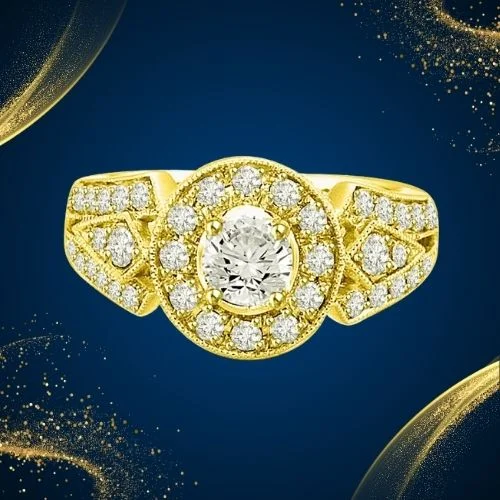
People-First Content, Expertise & Transparency
People-first: This guide answers real buyer questions—how to read a certificate, what hallmarks mean, and how to verify authenticity.
Expertise: We explain the diamond grading process, the 4Cs, and hallmarks in clear, practical language.
Trust: We encourage independent verification (lab websites, laser inscriptions) and transparent documentation.
Usefulness: Actionable steps—what to request (videos, reports), how to choose categories, and how to care for jewelry—help you move from confusion to confident purchase decisions.
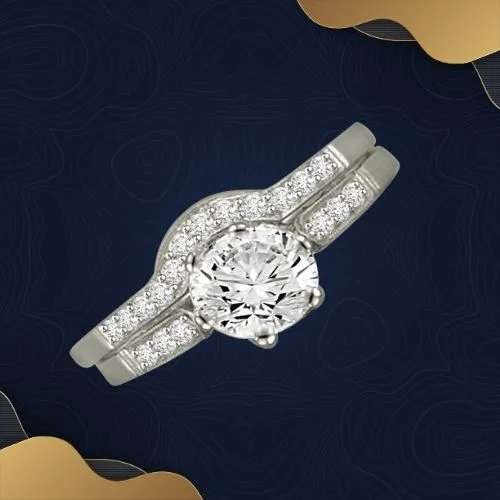
Conclusion
When love meets logic, magic happens. Certified diamonds give your emotions a reliable frame—measurable beauty that stands the test of time. Hallmark jewelry assures your gold purity so your ring, pendant, or earrings aren’t just dazzling—they’re dependable. Combine both, and you own a piece that’s radiant today and reassuring forever.
Key Takeaways
Certification
Confidence: A diamond certification from a recognized lab (GIA/IGI/HRD/GCAL/SGL) turns beauty into a documented asset you can compare, insure, and resell.
Hallmarks Protect Purity: Hallmark jewelry ensures the metal is genuine and correctly rated (14K/18K/22K; 585/750/916). In India, BIS hallmarking and a unique HUID add traceability.
4Cs + More: Diamond grading covers cut, color, clarity, and carat, plus polish, symmetry, and fluorescence—together they shape the diamond’s sparkle and value.
Verify Everything: Check the report online, match the laser inscription, and request videos/light-performance images for clarity and cut confidence.
Shop Smart, Shine Long: Choose what suits your lifestyle—diamond rings, diamond earrings, diamond pendants, diamond necklaces, bracelets, bangles, or pearl-and-gemstone blends—backed by certification and hallmarks for lifelong joy.
Shop Certified Beauty at SuratDiamond.com Ready to fall in love with certified diamonds set in hallmark jewelry—without overpaying? Explore a wide selection of diamond rings, diamond earrings, diamond pendants, diamond necklaces, bracelets, bangles, pearl jewellery, and gemstone-diamond pieces at Surat Diamond—direct-from-manufacturer value with documentation you can trust.
FAQs
Q1. What’s the difference between diamond certification and hallmark jewelry?
A. Diamond certification evaluates the stone (4Cs and more) through an independent lab. Hallmark jewelry authenticates the metal purity (e.g., 14K/18K/22K; 585/750/916), often with BIS hallmarking in India. You ideally want both.
Q2. Are all certified diamonds equal in quality?
A. No. Certification doesn’t make all stones equal; it makes them comparable. Two GIA-graded diamonds with the same 4Cs can still look different due to proportions and light performance. Always review videos and proportions.
Q3. Can I trust fluorescence in diamonds?
A. In many cases, faint-to-medium fluorescence is neutral or even helpful in near-colorless grades. Strong fluorescence can be fine too, but evaluate the stone in various lighting to ensure no haze.
Q4. How do I verify a diamond certificate online?
A. Enter the report number on the lab’s official website (GIA, IGI, etc.). Then match the laser inscription on the diamond girdle (when present) to confirm it’s the same stone.
Q5. Which should I prioritize on a budget: carat or cut?
A. Prioritize cut—it drives brilliance. Smart pairings (G–H color, VS2–SI1 clarity) and face-up friendly shapes (oval, pear) can deliver wow-factor without stretching the budget.


